
A summer afternoon in Peshawar, early 1990s. In the city’s bustling antique markets, Farhana Asad found a small metal box adorned with a floral motif and inlaid with lapis lazuli- its elegance and mystery captivated her. At a time when women rarely entered marble workshops, she invited the Afghan master artisan who had made the box to work with her in the garage at home. Many Afghan artisans had settled in Peshawar after the Soviet occupation of Afghanistan in 1979, making the city a creative refuge.
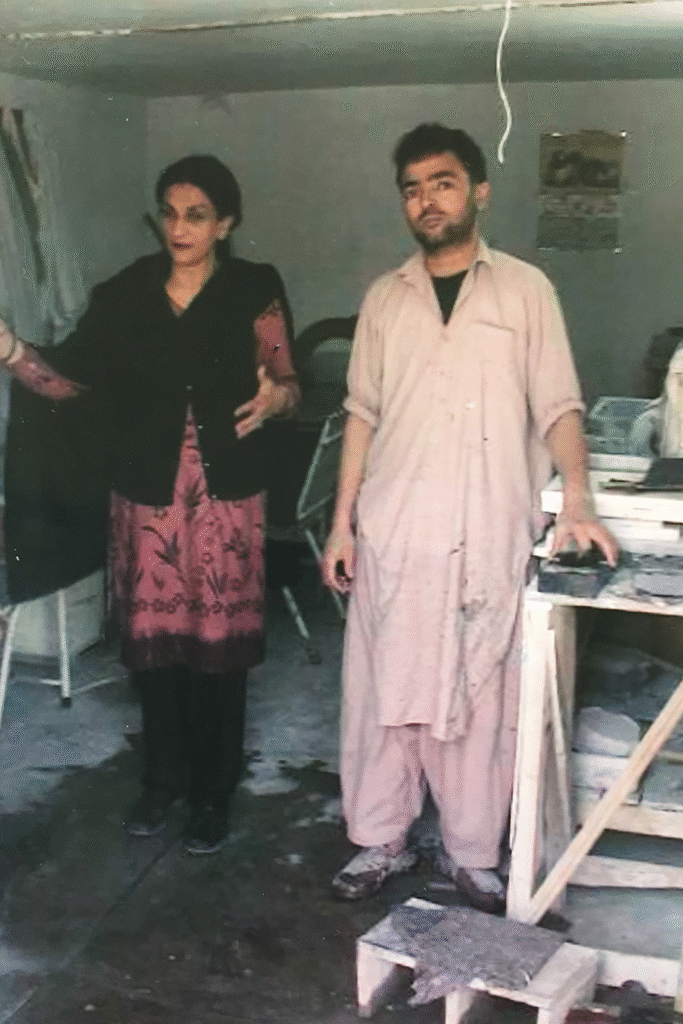
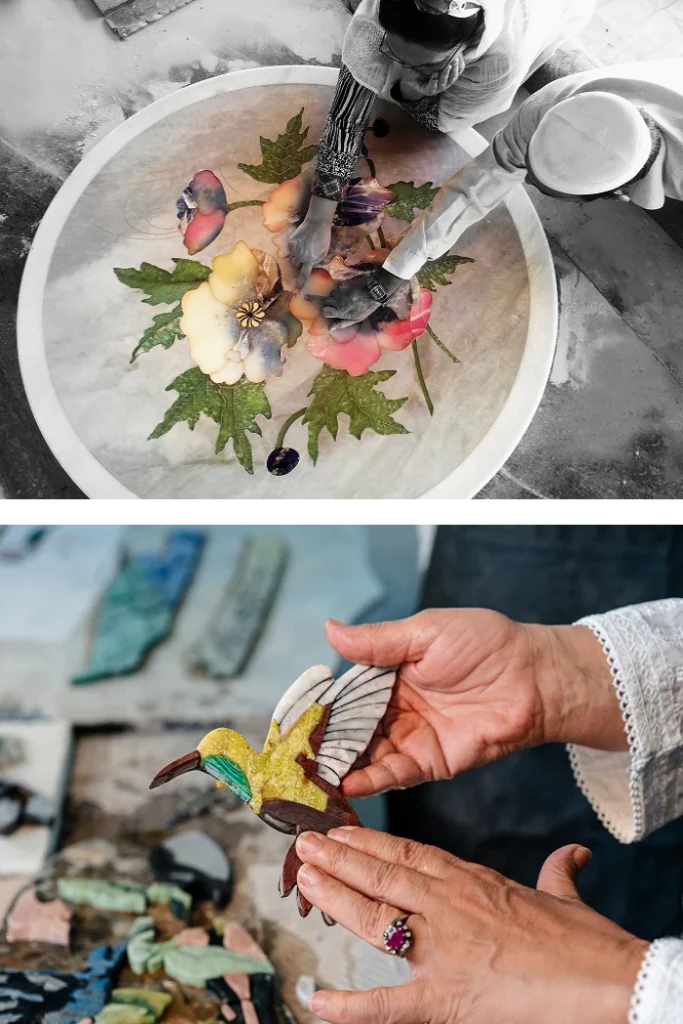
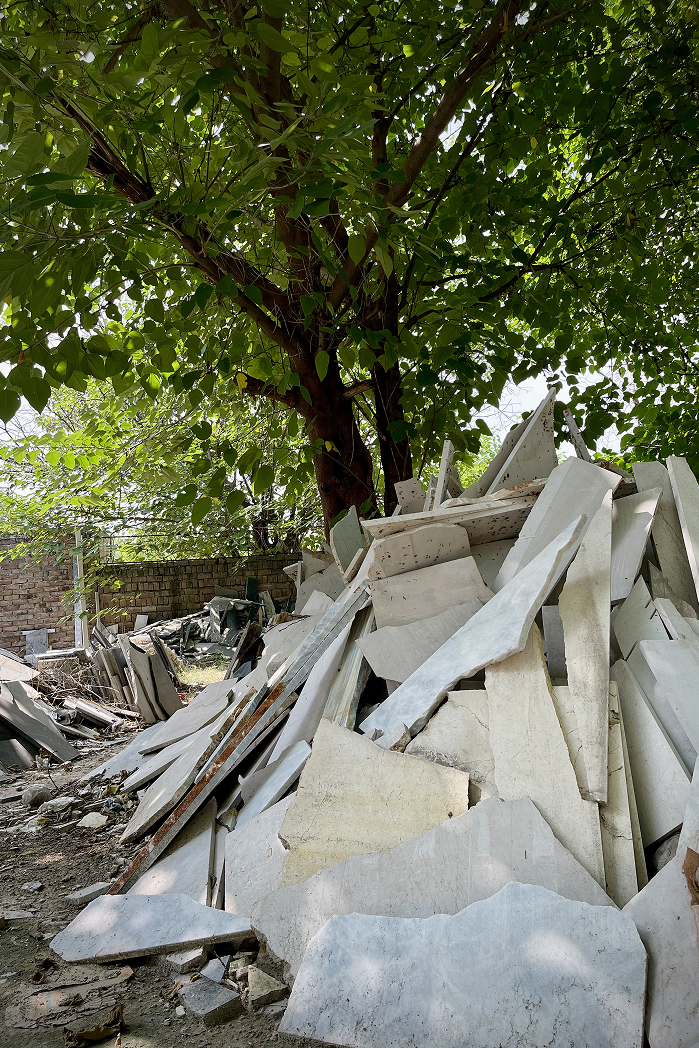
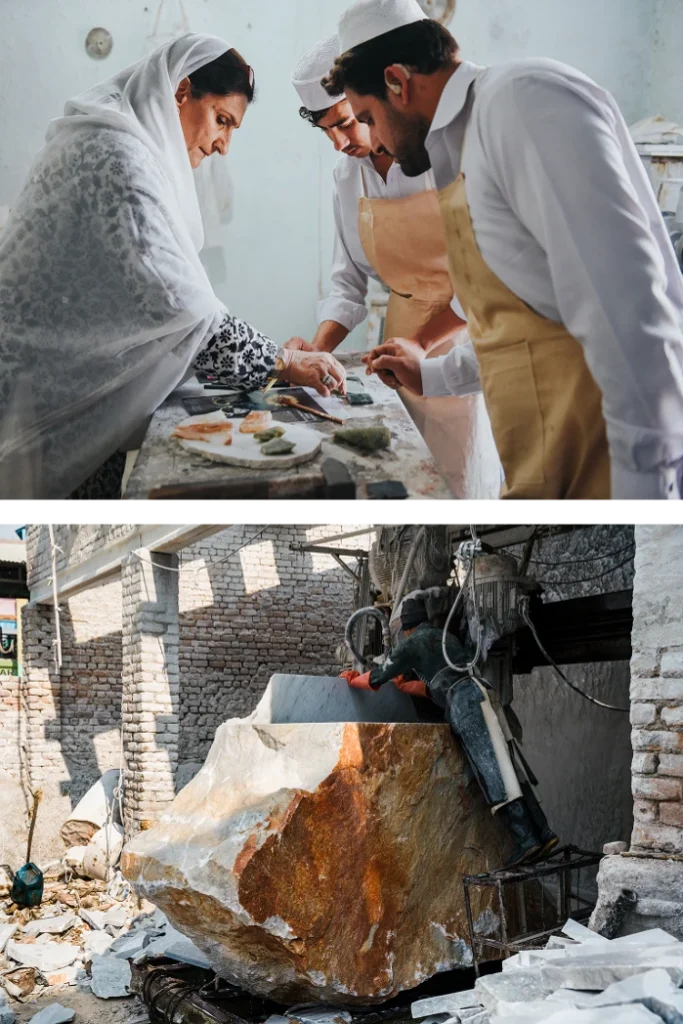
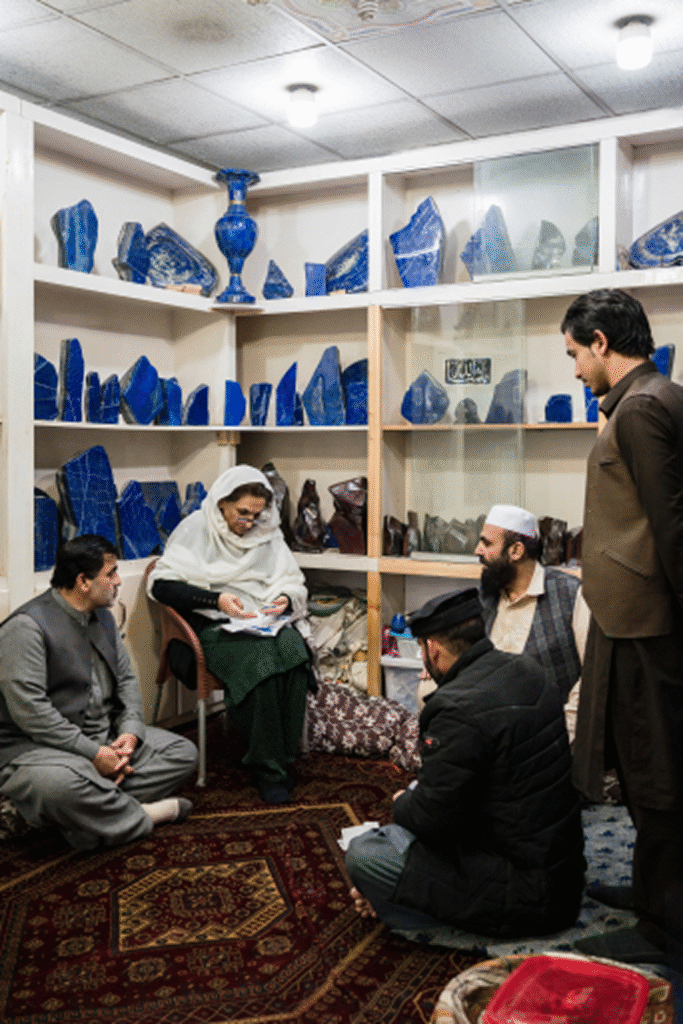
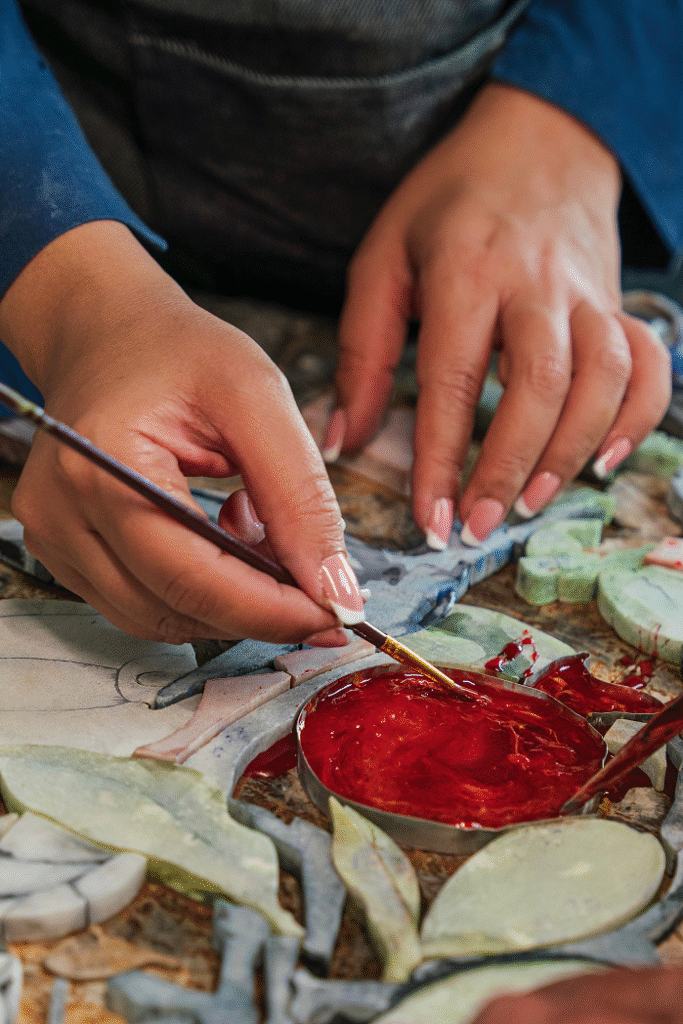
Meherunnisa and her siblings often returned from school to see their mother bent over her tools with the artisan, carefully shaping stone. Sometimes Farhana would pluck a flower from the garden to show him how nature shaded its petals, while he demonstrated how to translate those gradations into stone- a true exchange of knowledge. She soon realised it was the 16th-century art of pietra dura- parchin kari in South Asia- perfected in the Mughal courts. Her curiosity took her to the Opificio delle Pietre Dure in Florence to study the works of Italian masters. Gems, all kinds of semiprecious stones, and marble became her palette.
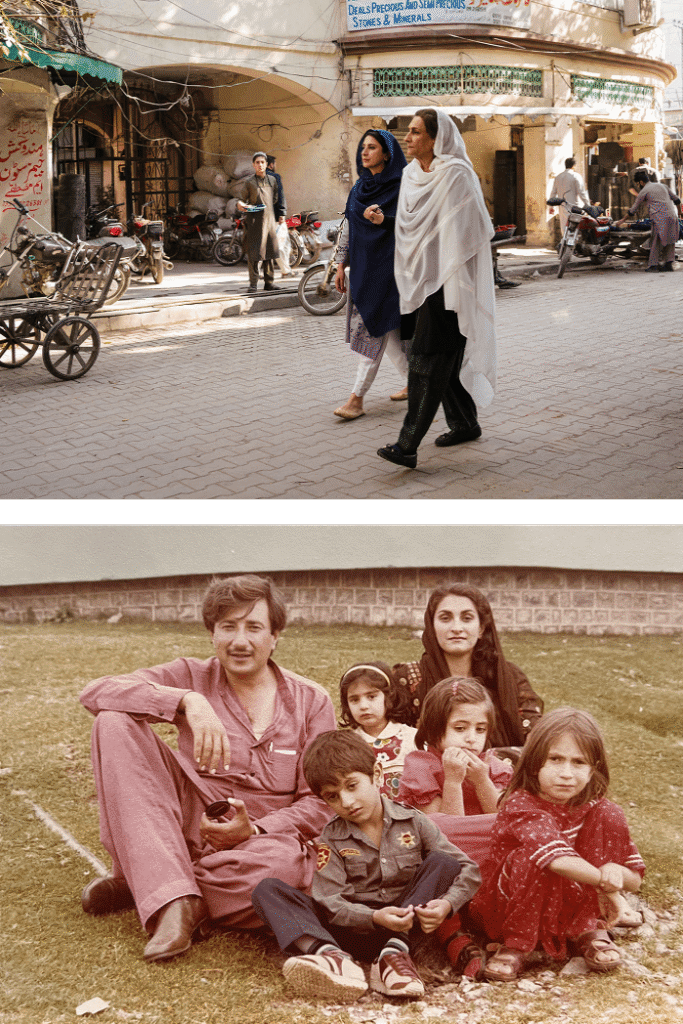
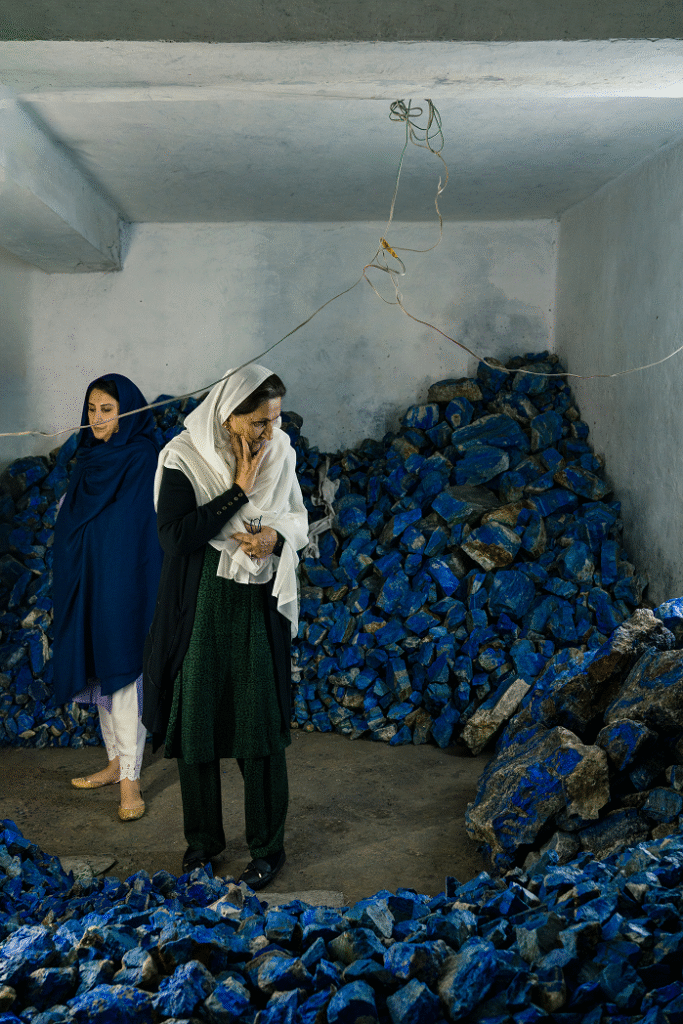
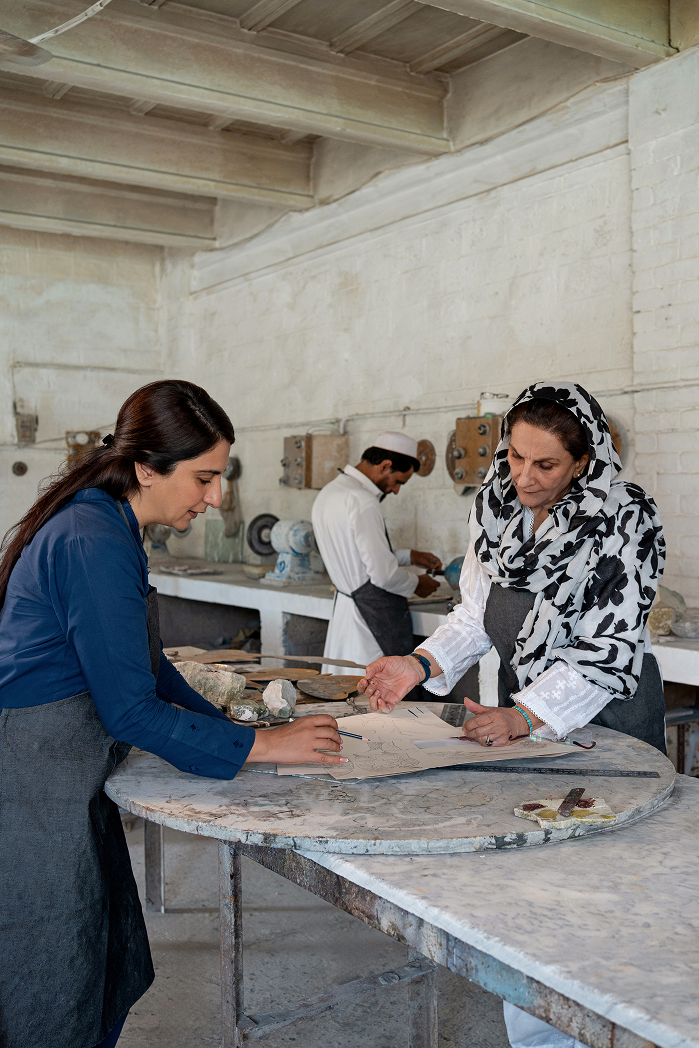
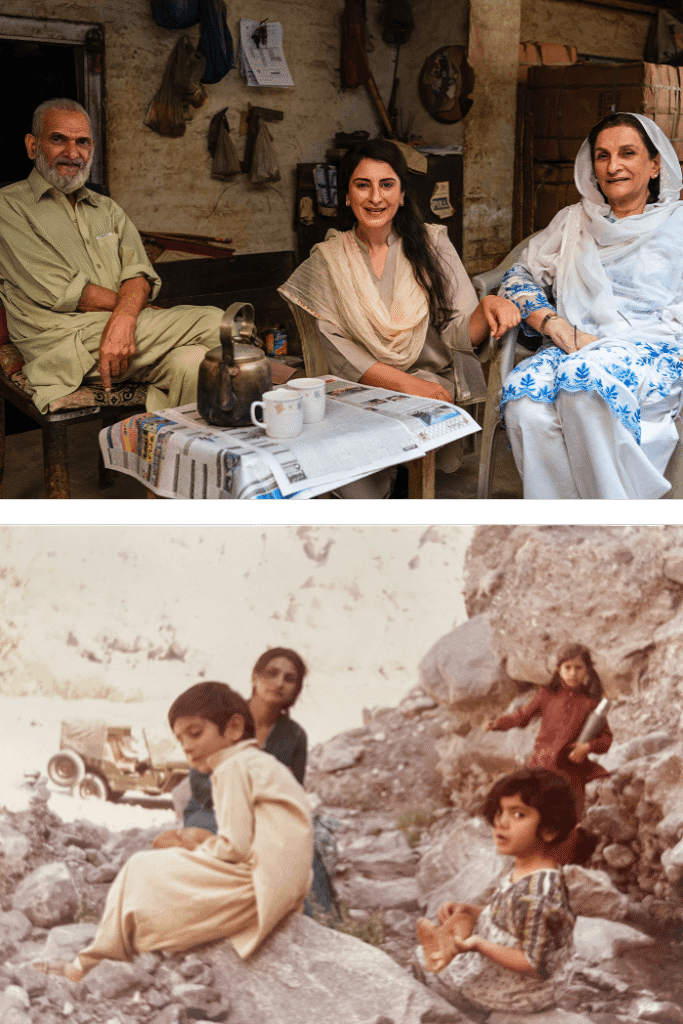
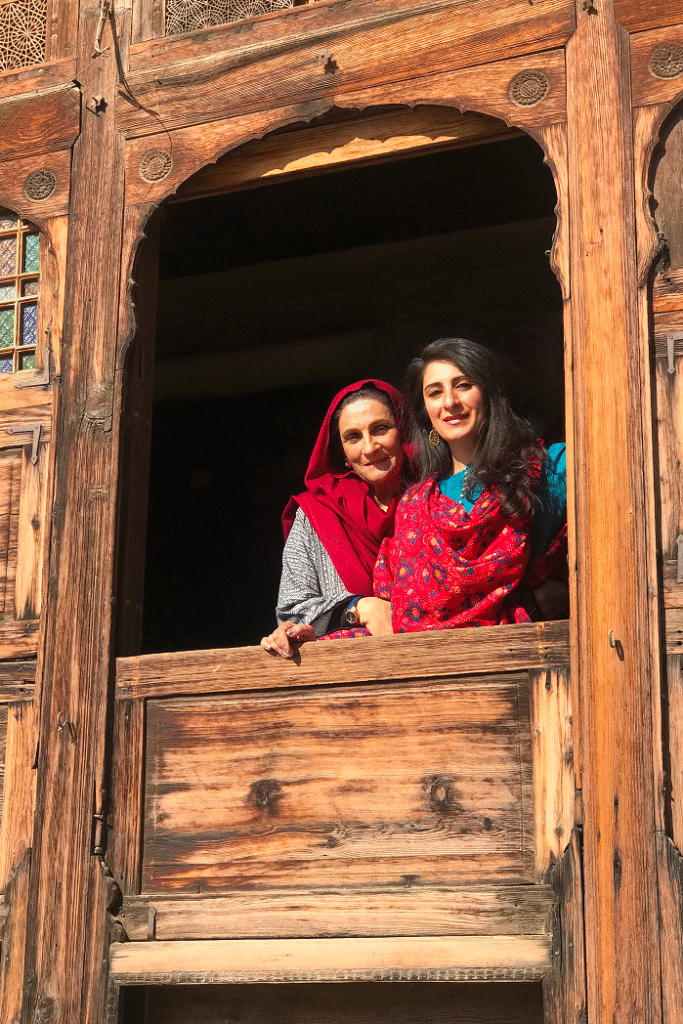
Farhana began sourcing materials from Peshawar’s old-city stone vendors, where marble, serpentine and lapis were stacked like treasures. Meherunnisa joined her, learning to read the veins in marble, feel the cool weight of serpentine, and see the deep blue of lapis as material with memory. These visits became the atelier’s first classroom. Decades later, Meherunnisa’s own children would grow up in the workshop, making Studio Lél a rare three-generation family story.
With a background in fine art and an instinctive feel for material, Farhana merged pietra dura with scagliola, cloisonné, verre églomisé, lapidary and copper work. Working with local and displaced Afghan artisans, she created a space where generational knowledge could be preserved and transformed- where fractures were celebrated, flaws became part of the story, and traditional techniques evolved into new expressions.
From a small garage workshop in Peshawar, the atelier has grown into an award-winning practice recognised internationally for its innovation in stone inlay. Today, under the artistic direction of Meherunnisa Asad and Farhana’s craft expertise, Studio Lél continues to expand its language of form and material. Its work spans art, collectible design, and site-specific public art. In 2024, the studio received the Award for Excellence from the World Crafts Council in Bukhara.
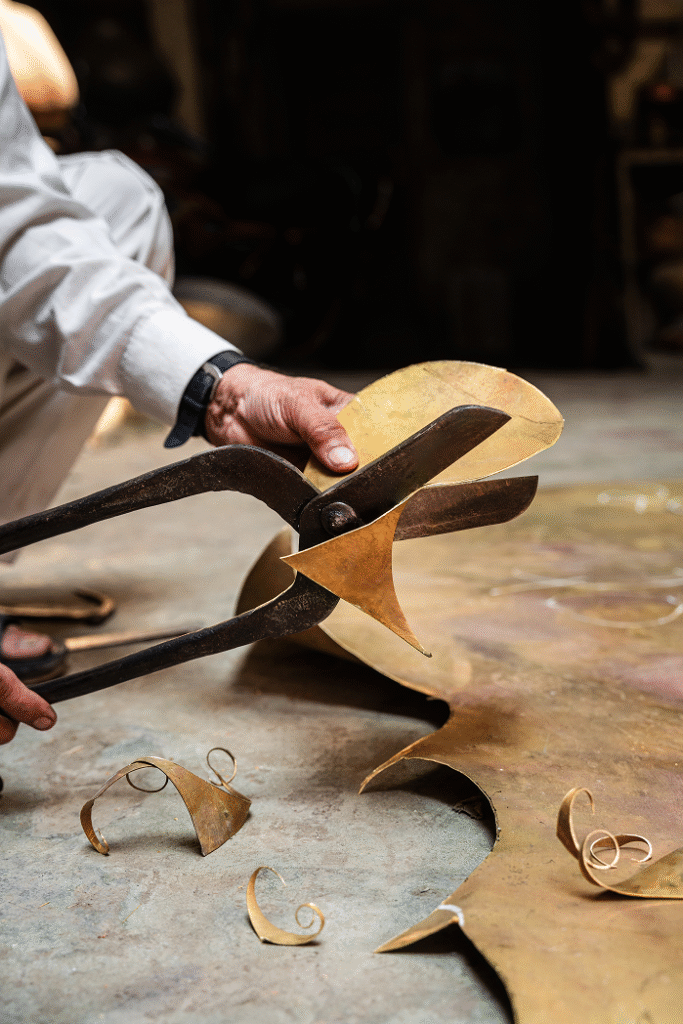
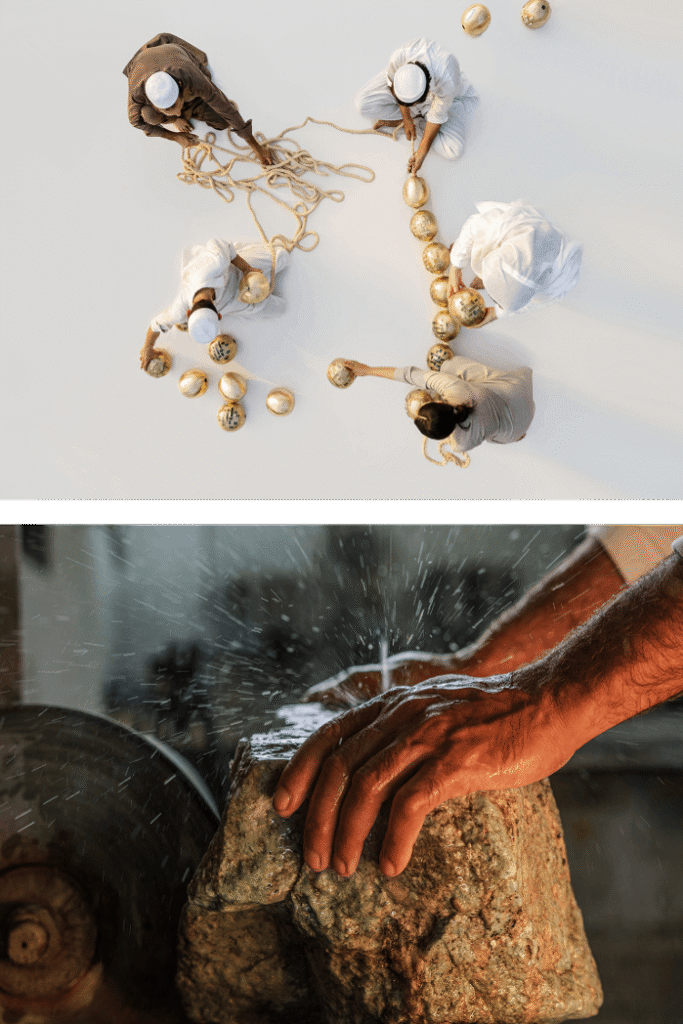
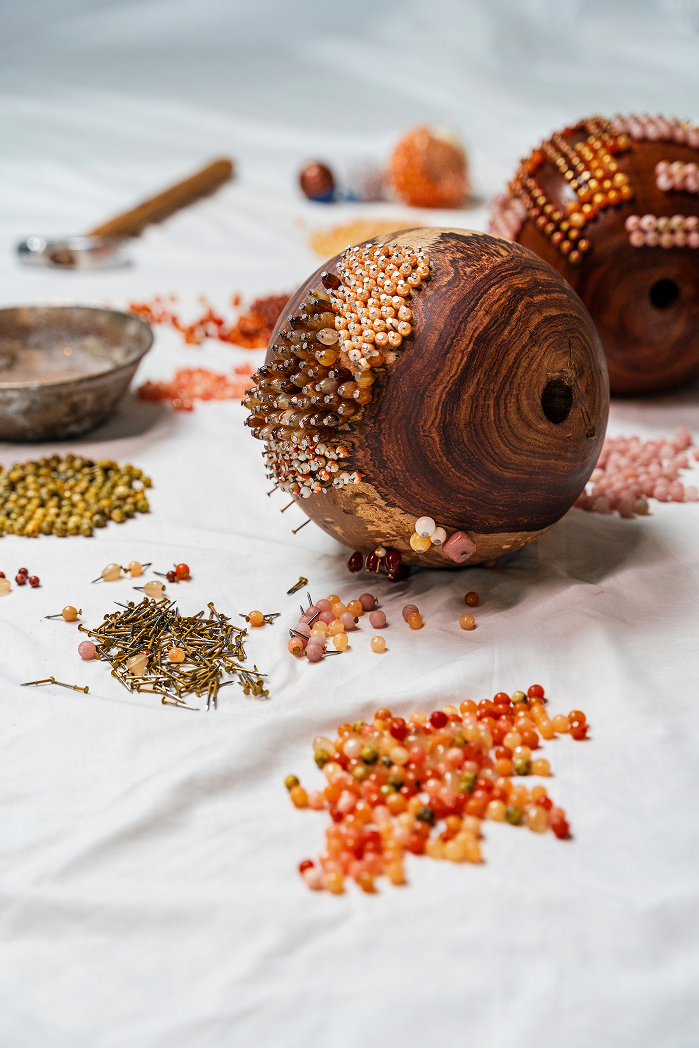
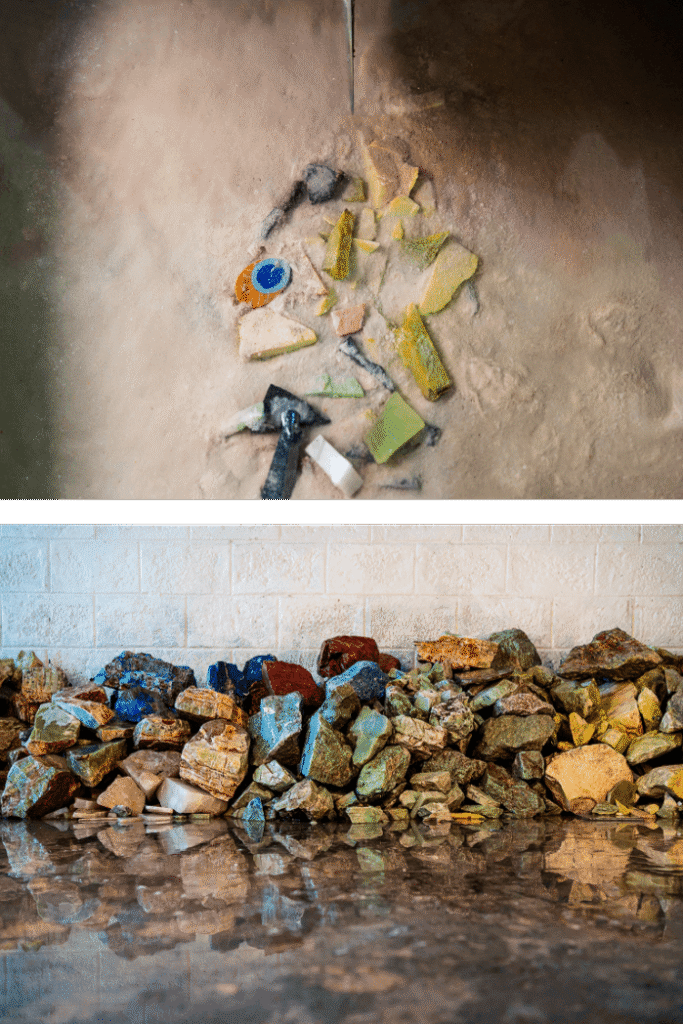
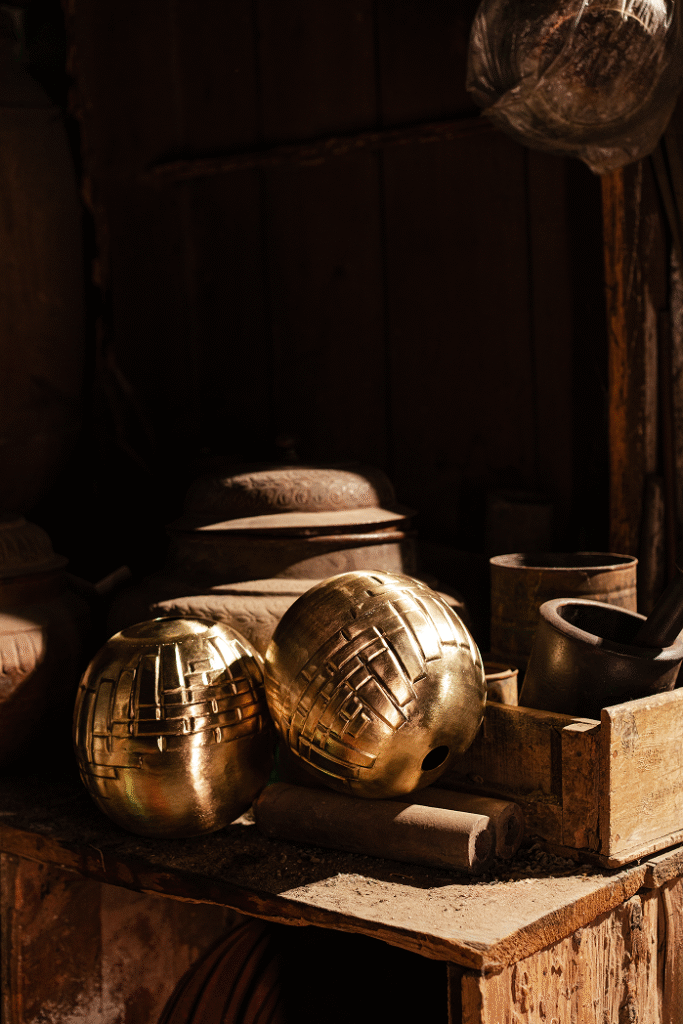
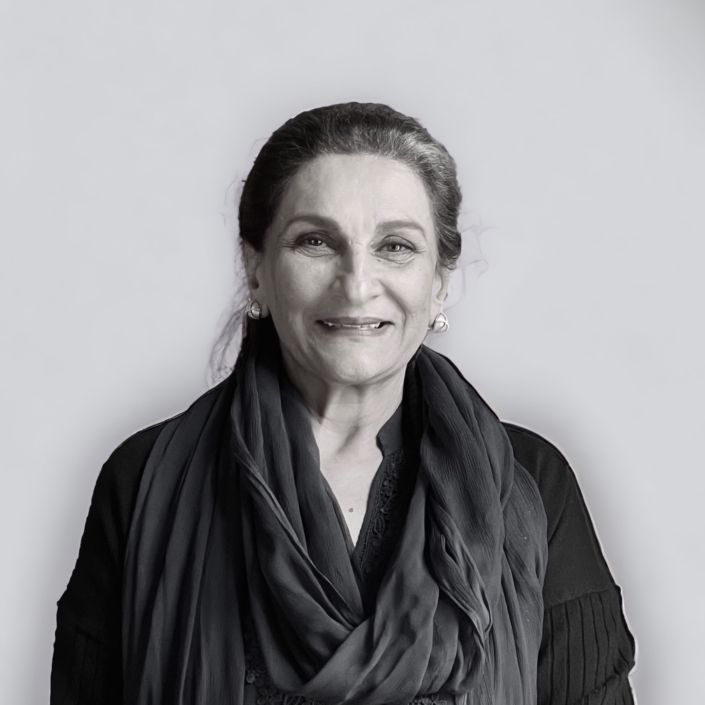
Farhana Asad
Founder
Farhana Asad is the founder and guiding force of Studio Lél. Raised among the forests and mountain air of Murree, a hill station in the Himalayan foothills of Pakistan, she developed an early sensitivity to nature’s forms, rhythms and colors. This affinity deepened when she pursued art at the University of Peshawar, where her training sharpened her eye for composition, ornament and material detail. From childhood she was drawn to the handmade- painting, furniture design, gemology, landscaping- and in the late 1980s began her first experiments with stone inlay.
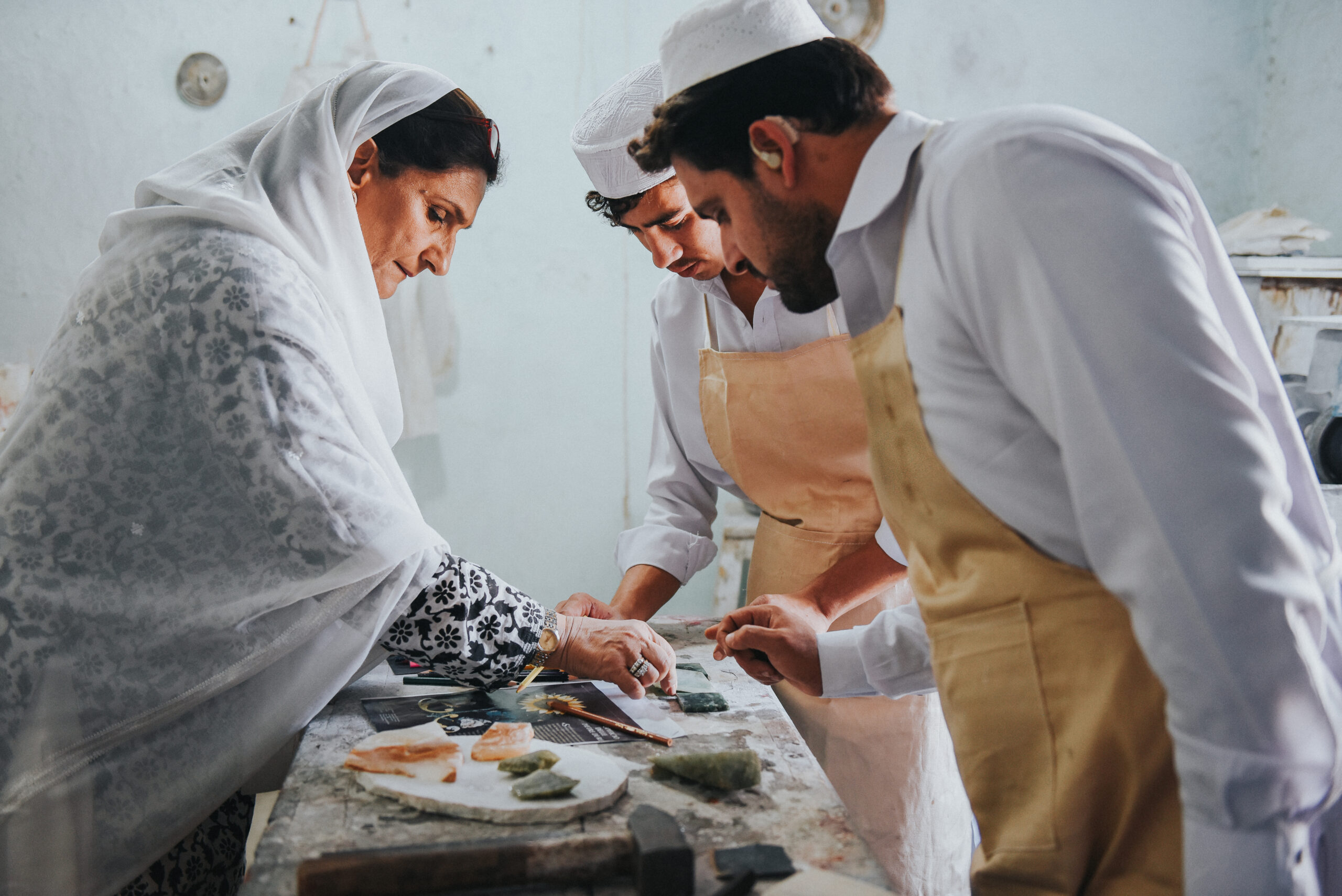
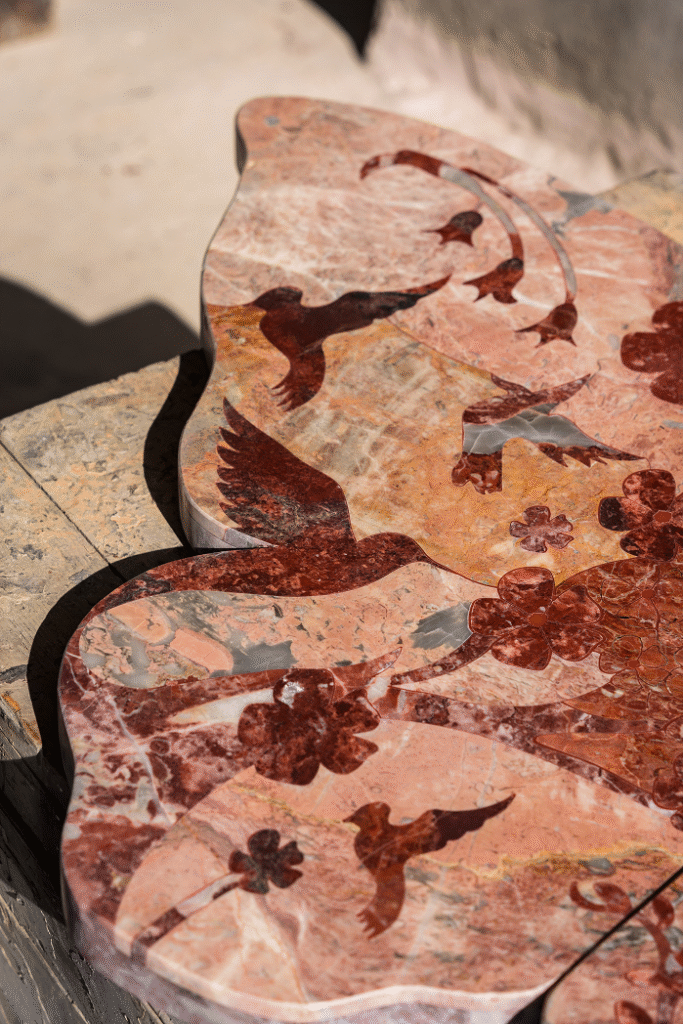
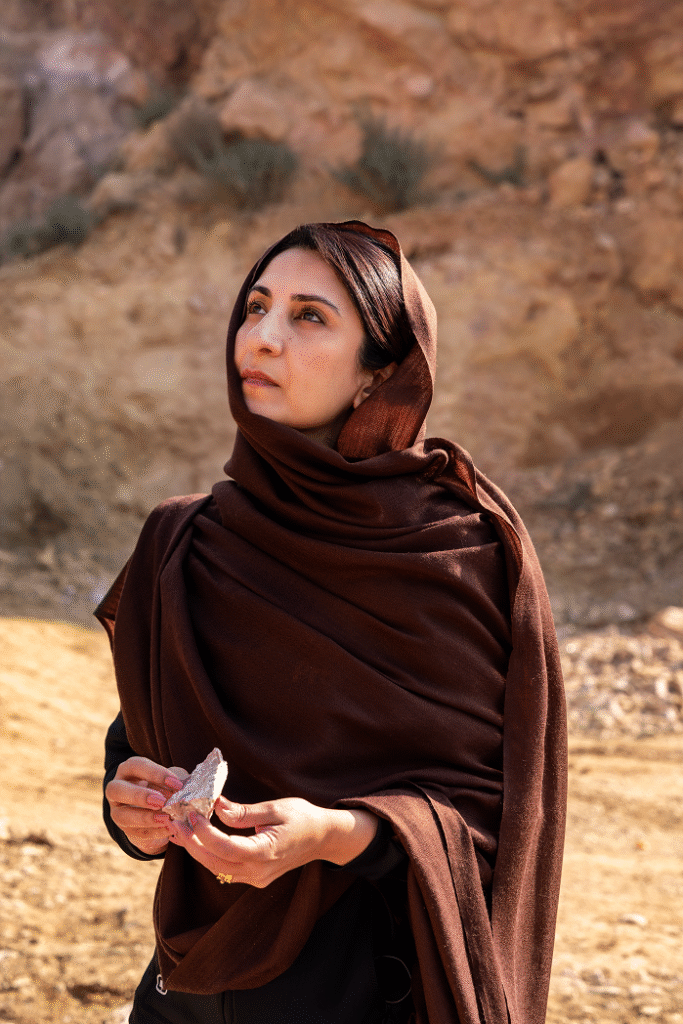

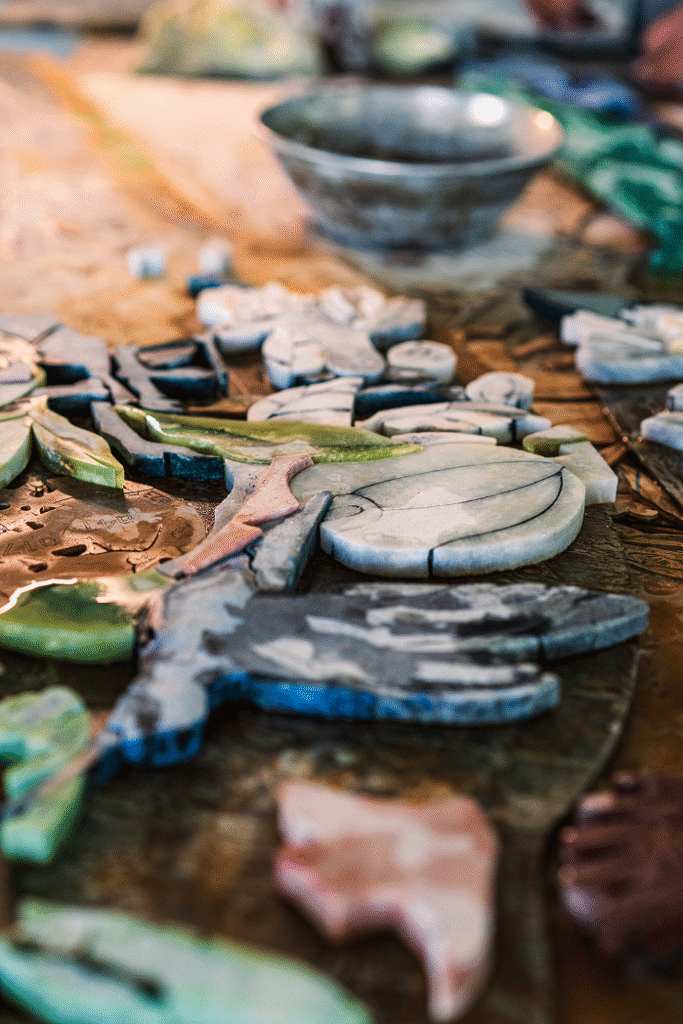
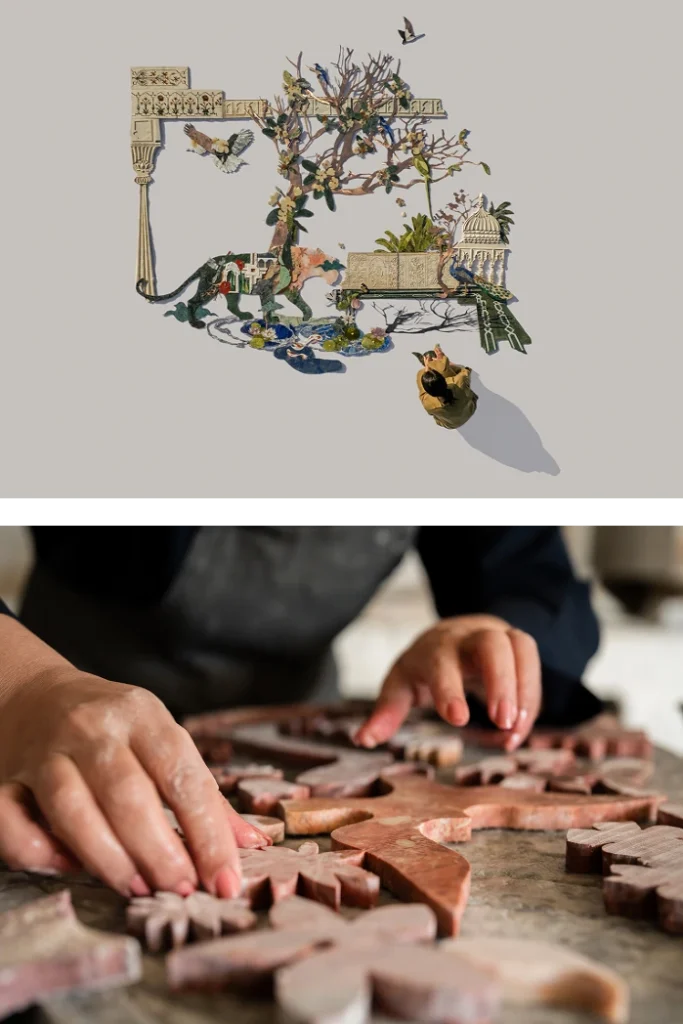
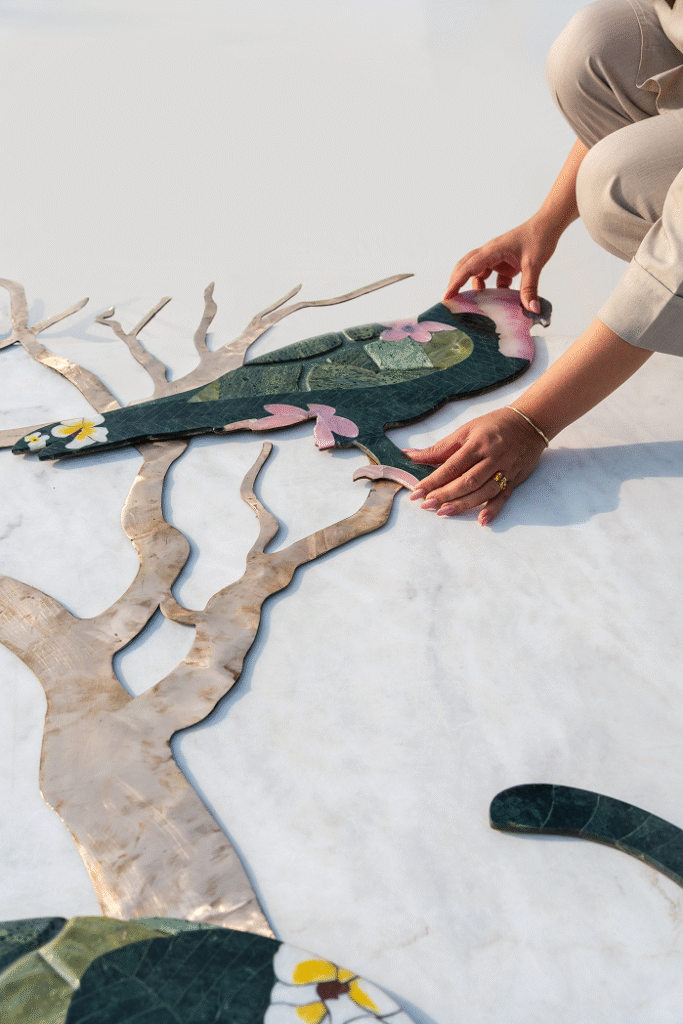

In the early 1990s she established Studio Lél as a space where traditional stone inlay could find new life. Her practice has always been marked by curiosity and experimentation, bringing together pietra dura with verre églomisé, scagliola, lapidary and metalwork. Time spent studying stained glass in the United States later inspired her use of cloisonné, extending her exploration of how materials can illuminate one another. What began as a small atelier grew into an internationally recognized practice under her care- one that has consistently valued collaboration with displaced Afghan and local artisans and the preservation of generational knowledge.







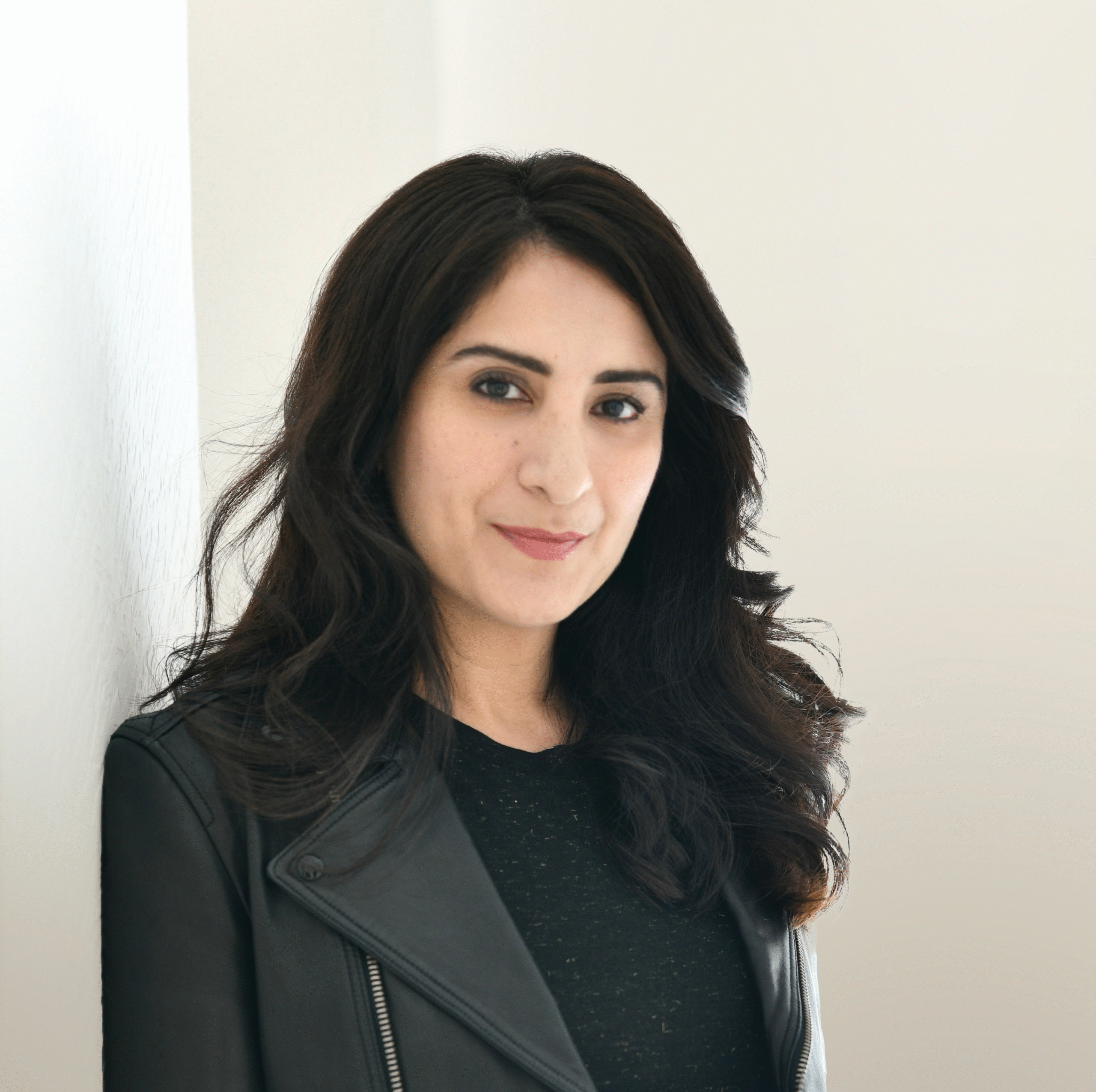
Meherunnisa Asad
Multi-disciplinary Artist
Meherunnisa Asad is a multidisciplinary artist who explores material storytelling to reclaim lost histories and reimagine identity. Born in Peshawar, Pakistan- a city shaped by migration and displacement- her work is deeply rooted in place, poetry and the resilience of her community.
At the heart of her practice is Pietra Dura, the 16th-century Florentine art of “painting in stone,” which she expands through sculpture, verre églomisé (engraving on glass), scagliola (plaster inlay), cloisonné (enameling), lapidary (gem cutting) and copper and brass work. Drawing from the composite painting traditions of Indian and Persian art, she layers imagery and precious materials to weave narratives of memory, migration and transformation, reimagining stonework as a dynamic, evolving language.
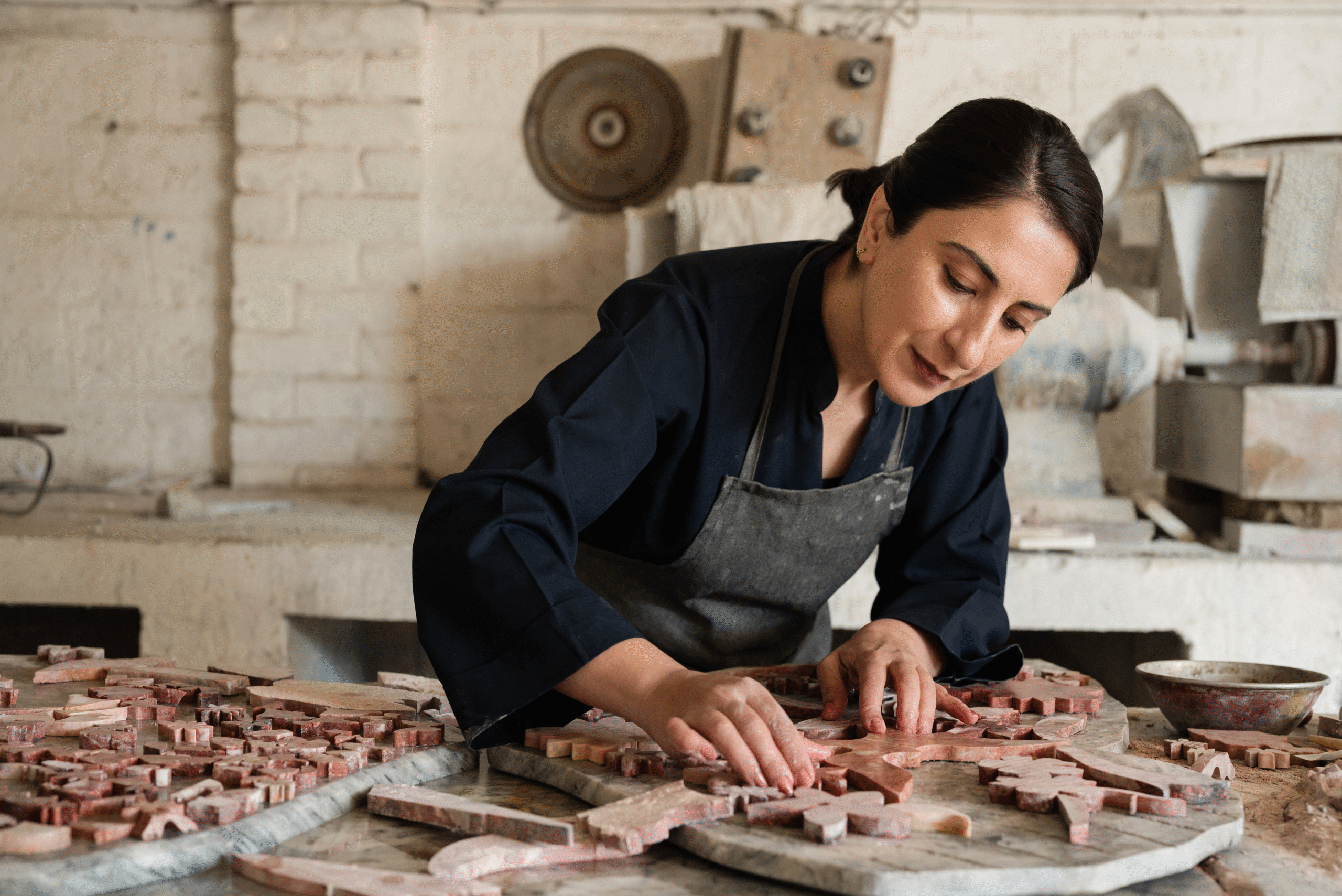
Building on the legacy of her mother, Farhana Asad, she collaborates with local and displaced Afghan artisans, carrying these traditions forward as acts of resistance. Her work gathers communities fractured by conflict, creating spaces of healing, collaboration and renewal, while pushing these forms into the realm of contemporary art.







Raised among art, antiquities and Peshawar’s historic bazaars, and trained as a conservation architect with the Aga Khan Historic Cities Program, Asad developed a keen sensitivity to materiality and ornamentation. As Artistic Director of Studio Lél, she has expanded its reach to international art and design biennales and exhibitions.
A Gates Foundation award recipient, she holds degrees from the National College of Arts in Lahore and Pratt Institute in New York. She currently lives between Pakistan and Cairo.
Copyright © 2025 Studio Lél. All Rights Reserved.